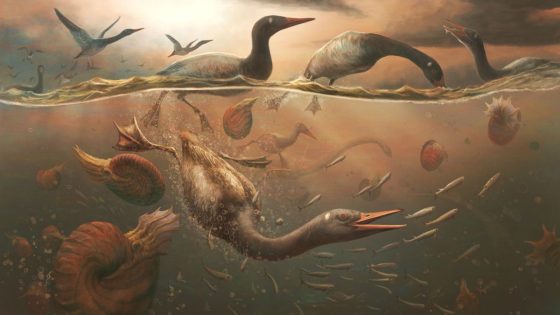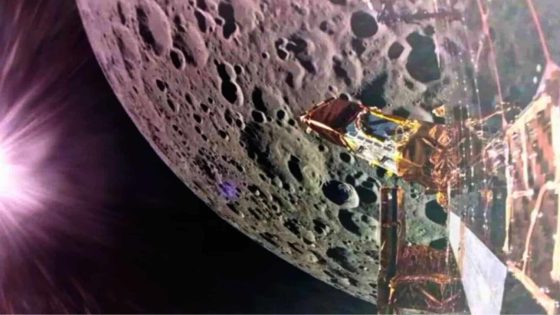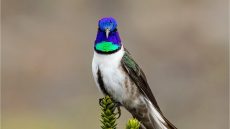Scientists have made a groundbreaking discovery in Antarctica: a 69 million-year-old fossil that could be the oldest modern bird ever found. This ancient waterfowl, believed to be a relative of today’s ducks and geese, may help settle debates about the origins of modern birds. How did this creature survive alongside dinosaurs?
- Oldest modern bird fossil discovered in Antarctica
- Fossil dates back 69 million years
- Skull reveals links to modern waterfowl
- Study published in Nature journal
- Evolutionary insights from Cretaceous bird fossils
- Antarctica's climate was once temperate
What Does the Discovery of the Oldest Modern Bird Mean for Science?
This remarkable find raises questions about how modern birds evolved. Could this ancient waterfowl provide clues to the survival strategies of birds during catastrophic events? The fossil, discovered in 2011 but only recently analyzed, offers a glimpse into a time when dinosaurs roamed the Earth.
Uncovering the Features of the Ancient Waterfowl
The newly analyzed skull reveals features that link this bird to modern species. Unlike pre-modern birds, it has a brain shape and beak structure similar to today’s waterfowl. This suggests that certain traits we associate with modern birds may have originated much earlier than previously thought.
- The skull shows a unique bone structure in the upper beak.
- It indicates a specialized feeding mechanism, similar to modern diving birds.
- Researchers used 3D reconstruction to analyze the skull’s features.
- This discovery may redefine our understanding of the bird family tree.
How Did This Ancient Bird Survive the Mass Extinction?
This ancient waterfowl lived during a time of dramatic climate change. While most dinosaurs faced extinction, could this bird have adapted to survive? Its existence during a period of high global temperatures suggests it thrived in a temperate Antarctic environment, possibly sheltered from the asteroid impact that devastated many species.
Implications for Future Research on Avian Evolution
The discovery of this ancient bird opens new avenues for research. Scientists believe that further exploration of Cretaceous rocks in Antarctica could yield more fossils, providing deeper insights into how ecosystems responded to past global environmental changes. What other secrets might these ancient layers hold?
This fossil not only enriches our understanding of avian history but also highlights the resilience of life in the face of extinction. As researchers continue to study this remarkable find, we may uncover even more about the origins of modern birds and their evolutionary journey.
































